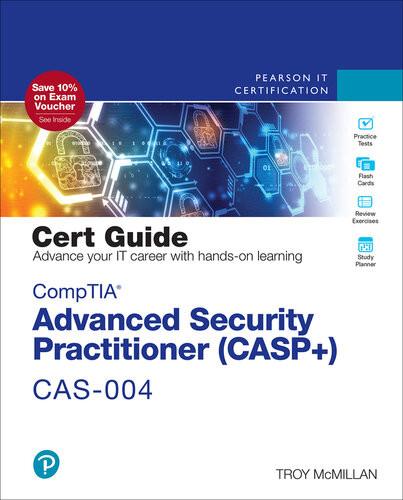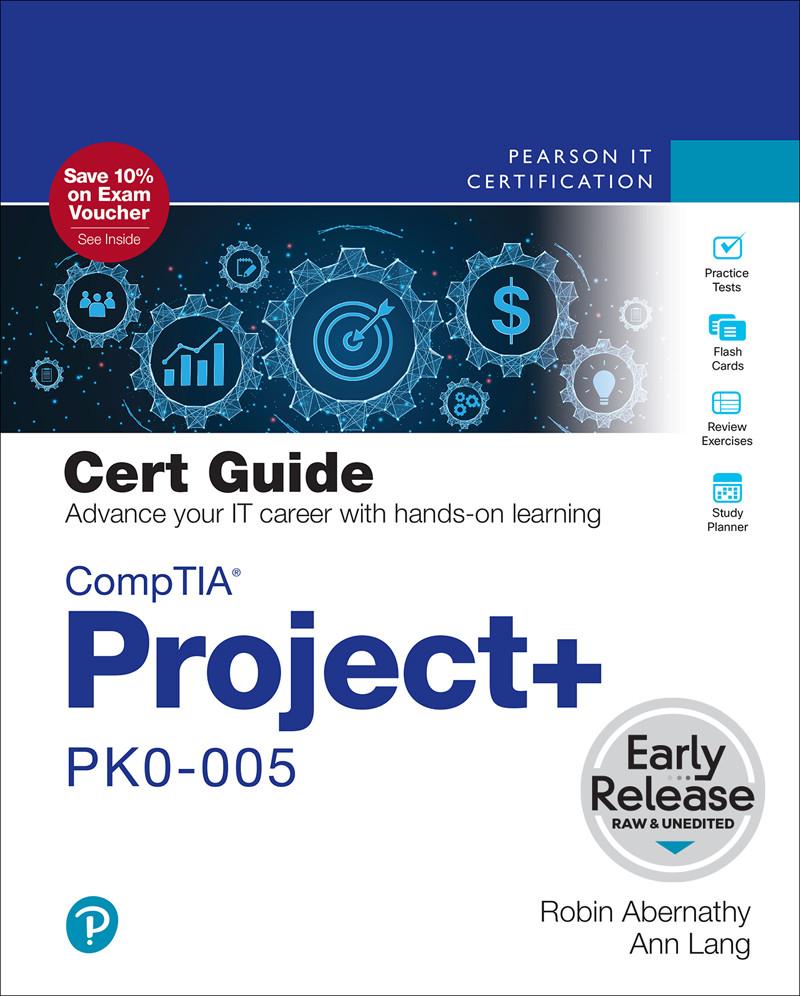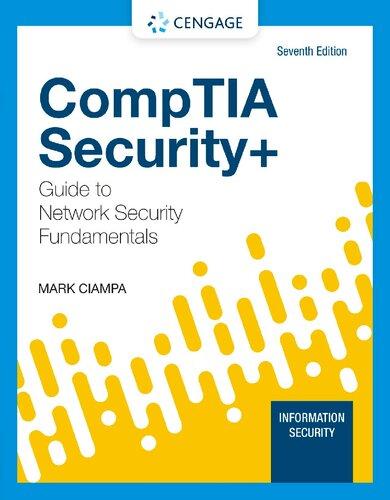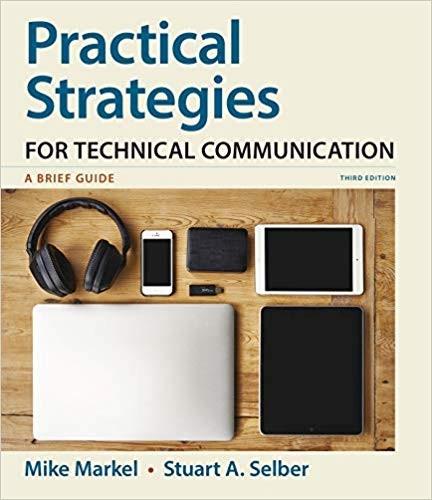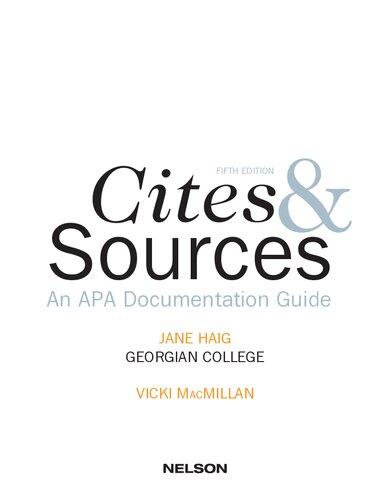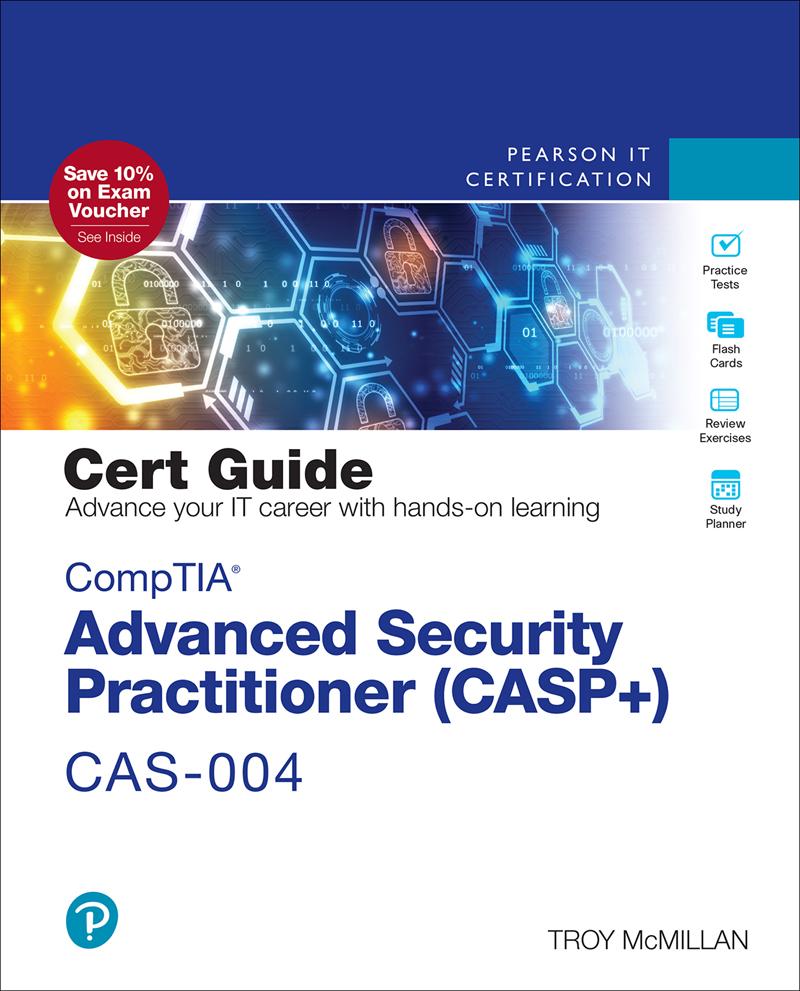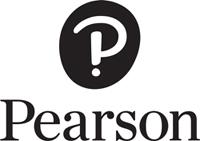https://ebookmass.com/product/comptia-advanced-securitypractitioner-casp-cas-004-cert-guide-3rd-edition-troy-
Instant digital products (PDF, ePub, MOBI) ready for you
Download now and discover formats that fit your needs...
CompTIA Project+ PK0-005 Cert Guide, 2nd Edition Robin Abernathy & Ann Lang
https://ebookmass.com/product/comptia-project-pk0-005-cert-guide-2ndedition-robin-abernathy-ann-lang/
ebookmass.com
Comptia Security+ Guide to Network Security Fundamentals 7th Edition Mark Ciampa
https://ebookmass.com/product/comptia-security-guide-to-networksecurity-fundamentals-7th-edition-mark-ciampa/
ebookmass.com
CompTIA® A+ Core 1 (220-1101) and Core 2 (220-1102) Cert Guide Rick Mcdonald
https://ebookmass.com/product/comptia-a-core-1-220-1101-andcore-2-220-1102-cert-guide-rick-mcdonald/ ebookmass.com
Ropes and Revenge: Savage Protectors Ava Quinn
https://ebookmass.com/product/ropes-and-revenge-savage-protectors-avaquinn/
ebookmass.com
Highland Gladiator Kathryn Le Veque [Veque
https://ebookmass.com/product/highland-gladiator-kathryn-le-vequeveque-3/
ebookmass.com
Bundle: MGMT, 11th + MindTap Management, 1 Term (6 Months)
Printed Access Card (New, Engaging Titles from 4LTR Press) 11th Edition Williams
https://ebookmass.com/product/bundle-mgmt-11th-mindtapmanagement-1-term-6-months-printed-access-card-new-engaging-titlesfrom-4ltr-press-11th-edition-williams/ ebookmass.com
(eTextbook PDF) for Practical Strategies for Technical Communication: A Brief Guide Third Edition
https://ebookmass.com/product/etextbook-pdf-for-practical-strategiesfor-technical-communication-a-brief-guide-third-edition/
ebookmass.com
Three Streams: Confucian Reflections on Learning and the Moral Heart-Mind in China, Korea, and Japan Philip J Ivanhoe
https://ebookmass.com/product/three-streams-confucian-reflections-onlearning-and-the-moral-heart-mind-in-china-korea-and-japan-philip-jivanhoe/ ebookmass.com
Cites & sources : an APA documentation guide 5th Edition Jane Haig
https://ebookmass.com/product/cites-sources-an-apa-documentationguide-5th-edition-jane-haig/
ebookmass.com
https://ebookmass.com/product/air-transportation-a-managementperspective-ebook-pdf-version/
ebookmass.com
CompTIA® Advanced Security Practitioner
(CASP+) CAS-004 Cert Guide
Copyright © 2023 by Pearson Education, Inc.
All rights reserved. No part of this book shall be reproduced, stored in a retrieval system, or transmitted by any means, electronic, mechanical, photocopying, recording, or otherwise, without written permission from the publisher. No patent liability is assumed with respect to the use of the information contained herein. Although every precaution has been taken in the preparation of this book, the publisher and author assume no responsibility for errors or omissions. Nor is any liability assumed for damages resulting from the use of the information contained herein.
ISBN-13: 978-0-13-734895-4
ISBN-10: 0-13-734895-9
Library of Congress Control Number: 2022933627
Trademarks
All terms mentioned in this book that are known to be trademarks or service marks have been appropriately capitalized. Pearson IT Certification cannot attest to the accuracy of this information. Use of a term in this book should not be regarded as affecting the validity of any trademark or service mark.
Microsoft and/or its respective suppliers make no representations about the suitability of the information contained in the documents and related graphics published as part of the services for any purpose. All such documents and related graphics are provided “as is” without warranty of any kind. Microsoft and/or its respective suppliers hereby disclaim all warranties and conditions with regard to
this information, including all warranties and conditions of merchantability, whether express, implied or statutory, fitness for a particular purpose, title and non-infringement. In no event shall Microsoft and/or its respective suppliers be liable for any special, indirect or consequential damages or any damages whatsoever resulting from loss of use, data or profits, whether in an action of contract, negligence or other tortious action, arising out of or in connection with the use or performance of information available from the services.
The documents and related graphics contained herein could include technical inaccuracies or typographical errors. Changes are periodically added to the information herein. Microsoft and/or its respective suppliers may make improvements and/or changes in the product(s) and/or the program(s) described herein at any time. Partial screenshots may be viewed in full within the software version specified.
Microsoft® and Windows® are registered trademarks of the Microsoft Corporation in the U.S.A. and other countries. Screenshots and icons reprinted with permission from the Microsoft Corporation. This book is not sponsored or endorsed by or affiliated with the Microsoft Corporation.
Warning and Disclaimer
Every effort has been made to make this book as complete and as accurate as possible, but no warranty or fitness is implied. The information provided is on an “as is” basis. The author and the publisher shall have neither liability nor responsibility to any person or entity with respect to any loss or damages arising from the information contained in this book.
Special Sales
For information about buying this title in bulk quantities, or for special sales opportunities (which may include electronic versions;
custom cover designs; and content particular to your business, training goals, marketing focus, or branding interests), please contact our corporate sales department at corpsales@pearsoned.com or (800) 382-3419.
For government sales inquiries, please contact governmentsales@pearsoned.com.
For questions about sales outside the U.S., please contact intlcs@pearson.com.
Editor-in-Chief
Mark Taub
Director, ITP Product Management
Brett Bartow
Executive Editor
Nancy Davis
Development Editor
Ellie Bru
Managing Editor
Sandra Schroeder
Senior Project Editor
Tonya Simpson
Copy Editor
Kitty Wilson
Indexer
Tim Wright
Proofreader
Barbara Mack
Technical Editor
Chris Crayton
Publishing Coordinator
Cindy Teeters
Cover Designer
Chuti Prasertsith
Compositor
codeMantra
Contents at a Glance
Introduction
Part I: Security Architecture
CHAPTER 1 Ensuring a Secure Network Architecture
CHAPTER 2 Determining the Proper Infrastructure Security Design
CHAPTER 3 Securely Integrating Software Applications
CHAPTER 4 Securing the Enterprise Architecture by Implementing Data Security Techniques
CHAPTER 5 Providing the Appropriate Authentication and Authorization Controls
CHAPTER 6 Implementing Secure Cloud and Virtualization Solutions
CHAPTER 7 Supporting Security Objectives and Requirements with Cryptography and Public Key Infrastructure (PKI)
CHAPTER 8 Managing the Impact of Emerging Technologies on Enterprise Security and Privacy
Part II: Security Operations
CHAPTER 9 Performing Threat Management Activities
CHAPTER 10 Analyzing Indicators of Compromise and Formulating an Appropriate Response
CHAPTER 11 Performing Vulnerability Management Activities
CHAPTER 12 Using the Appropriate Vulnerability Assessment and Penetration Testing Methods and Tools
CHAPTER 13 Analyzing Vulnerabilities and Recommending Risk Mitigations
CHAPTER 14 Using Processes to Reduce Risk
CHAPTER 15 Implementing the Appropriate Incident Response
CHAPTER 16 Forensic Concepts
CHAPTER 17 Forensic Analysis Tools
Part III: Security Engineering and Cryptography
CHAPTER 18 Applying Secure Configurations to Enterprise Mobility
CHAPTER 19 Configuring and Implementing Endpoint Security Controls
CHAPTER 20 Security Considerations Impacting Specific Sectors and Operational Technologies
CHAPTER 21 Cloud Technology’s Impact on Organizational Security
CHAPTER 22 Implementing the Appropriate PKI Solution
CHAPTER 23 Implementing the Appropriate Cryptographic Protocols and Algorithms
CHAPTER 24 Troubleshooting Issues with Cryptographic Implementations
Part IV: Governance, Risk, and Compliance
CHAPTER 25 Applying Appropriate Risk Strategies
CHAPTER 26 Managing and Mitigating Vendor Risk
CHAPTER 27 The Organizational Impact of Compliance Frameworks and Legal Considerations
CHAPTER 28 Business Continuity and Disaster Recovery Concepts
CHAPTER 29 Final Preparation
APPENDIX A Answers to the Review Questions
Glossary Index
Online Elements
APPENDIX B Memory Tables
APPENDIX C Memory Tables Answer Key
APPENDIX D Study Planner
Glossary
Table of Contents
Introduction
Part I: Security Architecture
Chapter 1 Ensuring a Secure Network Architecture Services
Load Balancer
Intrusion Detection System (IDS)/Network Intrusion Detection System (NIDS)/Wireless Intrusion Detection System (WIDS)
Intrusion Prevention System (IPS)/Network Intrusion Prevention System (NIPS)/Wireless Intrusion Prevention System (WIPS)
Web Application Firewall (WAF)
Network Access Control (NAC)
Quarantine/Remediation
Persistent/VolatileorNon-persistentAgent Agentvs.Agentless
Virtual Private Network (VPN)
Domain Name System Security Extensions (DNSSEC)
Firewall/Unified Threat Management (UTM)/NextGeneration Firewall (NGFW)
TypesofFirewalls
Next-GenerationFirewalls(NGFWs)
FirewallPlacement
DeepPacketInspection
Network Address Translation (NAT) Gateway
StatefulNAT
Staticvs.DynamicNAT
Internet Gateway
Forward/Transparent Proxy
Reverse Proxy
Distributed Denial-of-Service (DDoS) Protection
Routers
RoutingTables
AdditionalRouteProtection
Mail Security
IMAP
POP
SMTP
EmailSpoofing
SpearPhishing
Whaling
Spam
CapturedMessages
DisclosureofInformation
Malware
Application Programming Interface (API)
Gateway/Extensible Markup Language (XML)
Gateway
Traffic Mirroring
SwitchedPortAnalyzer(SPAN)Ports
PortMirroring
VirtualPrivateCloud(VPC)
NetworkTap
Sensors
SecurityInformationandEventManagement(SIEM)
FileIntegrityMonitoring(FIM)
SimpleNetworkManagementProtocol(SNMP)Traps
NetFlow
DataLossPrevention(DLP)
Antivirus
Segmentation
Microsegmentation
Local Area Network (LAN)/Virtual Local Area Network (VLAN)
Jump Box
Screened Subnet
Data Zones
Staging Environments
Guest Environments
VPC/Virtual Network (VNET)
Availability Zone
NAC Lists
Policies/Security Groups
Regions
Access Control Lists (ACLs)
Peer-to-Peer
Air Gap
De-perimeterization/Zero Trust
Cloud
Remote Work
Mobile
Outsourcing and Contracting
Wireless/Radio Frequency (RF) Networks
WLAN-802.11
WLANStandards
WLANSecurity
Merging of Networks from Various Organizations
Peering
Cloud to on Premises
Data Sensitivity Levels
Mergers and Acquisitions
Cross-domain
Federation
Directory Services
Software-Defined Networking (SDN)
Open SDN
Hybrid SDN
SDN Overlay
Exam Preparation Tasks
Review All Key Topics
Define Key Terms
Complete Tables and Lists from Memory
Review Questions
Chapter 2 Determining the Proper Infrastructure Security
Design
Scalability
Vertically
Horizontally
Resiliency
High Availability/Redundancy
Diversity/Heterogeneity
Course of Action Orchestration
Distributed Allocation
Replication
Clustering
Automation
Autoscaling
Security Orchestration, Automation, and Response (SOAR)
Bootstrapping
Performance
Containerization
Virtualization
Content Delivery Network
Caching
Exam Preparation Tasks
Review All Key Topics
Define Key Terms
Complete Tables and Lists from Memory
Review Questions
Chapter 3 Securely Integrating Software Applications
Baseline and Templates
Baselines
Create Benchmarks and Compare to Baselines
Templates
Secure Design Patterns/Types of Web Technologies
StorageDesignPatterns
Container APIs
Secure Coding Standards
CVE
DISASTIG
PA-DSS
Application Vetting Processes
API Management
Middleware
Software Assurance
Sandboxing/Development Environment
Validating Third-Party Libraries
Defined DevOps Pipeline
Code Signing
Interactive Application Security Testing (IAST) vs.
Dynamic Application Security Testing (DAST) vs. Static Application Security Testing (SAST)
InteractiveApplicationSecurityTesting(IAST)
StaticApplicationSecurityTesting(SAST)
DynamicApplicationSecurityTesting(DAST)
CodeAnalyzers
Fuzzer
Static
Dynamic
MisuseCaseTesting
TestCoverageAnalysis
InterfaceTesting
Considerations of Integrating Enterprise Applications
Customer Relationship Management (CRM)
Enterprise Resource Planning (ERP)
Configuration Management Database (CMDB)
Content Management System (CMS)
Integration Enablers
DirectoryServices
DomainNameSystem(DNS)
Service-OrientedArchitecture(SOA)
EnterpriseServiceBus(ESB)
Integrating Security into Development Life Cycle
Formal Methods
Requirements
Fielding
Insertions and Upgrades
Disposal and Reuse
Testing
ValidationandAcceptanceTesting
Regression
UnitTesting
Development Approaches
SecDevOps
Agile
Spiral
SecurityImplicationsofAgileSoftwareDevelopment
SecurityImplicationsoftheWaterfallModel
SecurityImplicationsoftheSpiralModel
Versioning
ContinuousIntegration/ContinuousDelivery(CI/CD) Pipelines
Best Practices
OpenWebApplicationSecurityProject(OWASP)
ProperHypertextTransferProtocol(HTTP)Headers
Exam Preparation Tasks
Review All Key Topics
Define Key Terms
Complete Tables and Lists from Memory
Review Questions
Chapter 4 Securing the Enterprise Architecture by Implementing Data Security Techniques
Data Loss Prevention
Blocking Use of External Media
Print Blocking
Remote Desktop Protocol (RDP) Blocking
Clipboard Privacy Controls
Restricted Virtual Desktop Infrastructure (VDI) Implementation
Data Classification Blocking
Data Loss Detection
Watermarking
Digital Rights Management (DRM)
Network Traffic Decryption/Deep Packet Inspection
Network Traffic Analysis
Data Classification, Labeling, and Tagging
Metadata/Attributes
XACML
LDAP
Obfuscation
Tokenization
Scrubbing
Masking
Anonymization
Encrypted vs. Unencrypted
Data Life Cycle
Create Use
Share
Store
Archive or Destroy
Data Inventory and Mapping
Data Integrity Management
Data Storage, Backup, and Recovery
Redundant Array of Inexpensive Disks (RAID)
Exam Preparation Tasks
Review All Key Topics
Define Key Terms
Complete Tables and Lists from Memory
Review Questions
Chapter 5 Providing the Appropriate Authentication and Authorization Controls
Credential Management
Password Repository Application
End-UserPasswordStorage
OnPremisesvs.CloudRepository
Hardware Key Manager
Privileged Access Management
Privilege Escalation
Password Policies
Complexity
Length
Character Classes
History
Maximum/Minimum Age
Auditing
Reversable Encryption
Federation
Transitive Trust
OpenID
Security Assertion Markup Language (SAML)
Shibboleth
Access Control
Mandatory Access Control (MAC)
Discretionary Access Control (DAC)
Role-Based Access Control
Rule-Based Access Control
Attribute-Based Access Control
Protocols
Remote Authentication Dial-in User Service (RADIUS)
Terminal Access Controller Access Control System (TACACS)
Diameter
Lightweight Directory Access Protocol (LDAP)
Kerberos
OAuth
802.1X
Extensible Authentication Protocol (EAP)
Multifactor Authentication (MFA)
Knowledge Factors
Ownership Factors
Characteristic Factors
Physiological Characteristics
Behavioral Characteristics
Biometric Considerations
2-Step Verification
In-Band
Out-of-Band
One-Time Password (OTP)
HMAC-Based One-Time Password (HOTP)
Time-Based One-Time Password (TOTP)
Hardware Root of Trust
Single Sign-On (SSO)
JavaScript Object Notation (JSON) Web Token (JWT)
Attestation and Identity Proofing
Exam Preparation Tasks
Review All Key Topics
Define Key Terms
Review Questions
Chapter 6 Implementing Secure Cloud and Virtualization Solutions
Virtualization Strategies
Type 1 vs. Type 2 Hypervisors
Type1Hypervisor
Type2Hypervisor
Containers
Emulation
Application Virtualization
VDI
Provisioning and Deprovisioning
Middleware
Metadata and Tags
Deployment Models and Considerations
Business Directives
Cost
Scalability
Resources
Location
DataProtection
Cloud Deployment Models
Private
Public
Hybrid
Community
Hosting Models
Multitenant
Single-Tenant
Service Models
Software as a Service (SaaS)
Platform as a Service (PaaS)
Infrastructure as a Service (IaaS)
Cloud Provider Limitations
Internet Protocol (IP) Address Scheme
VPC Peering
Extending Appropriate On-premises Controls
Storage Models
Object Storage/File-Based Storage
Database Storage
Block Storage
Blob Storage
Key-Value Pairs
Exam Preparation Tasks
Review All Key Topics
Define Key Terms
Complete Tables and Lists from Memory

